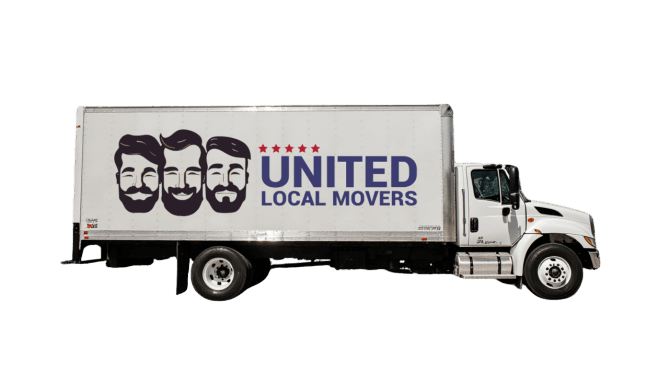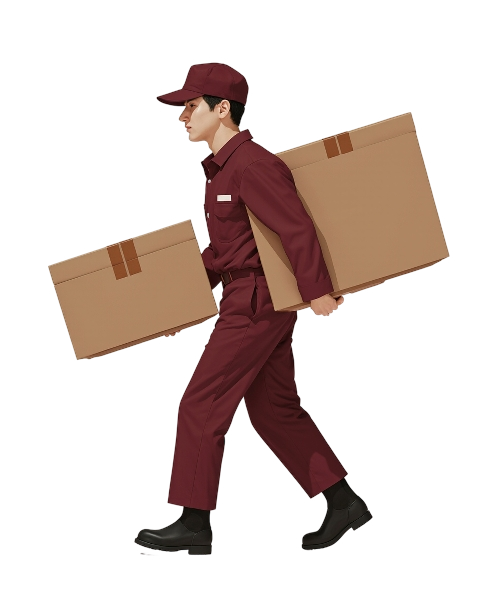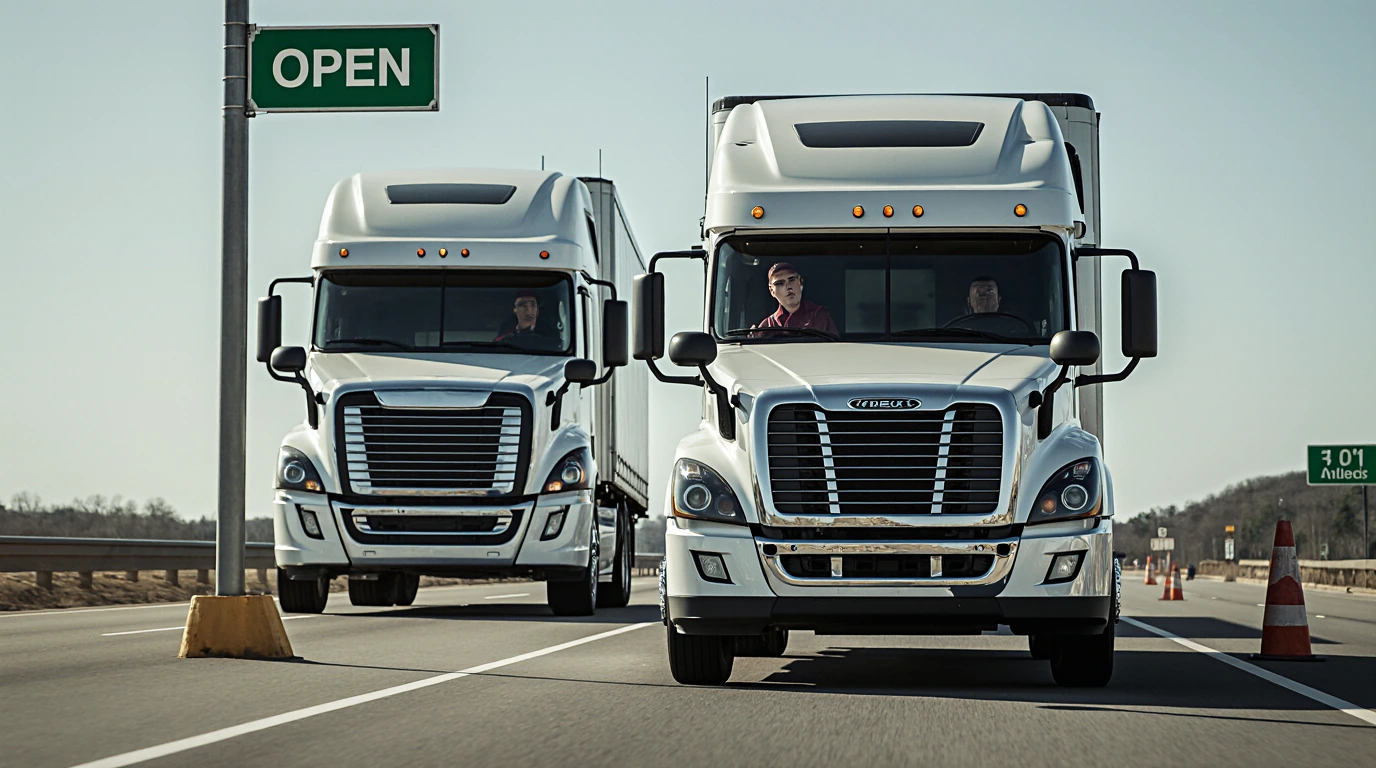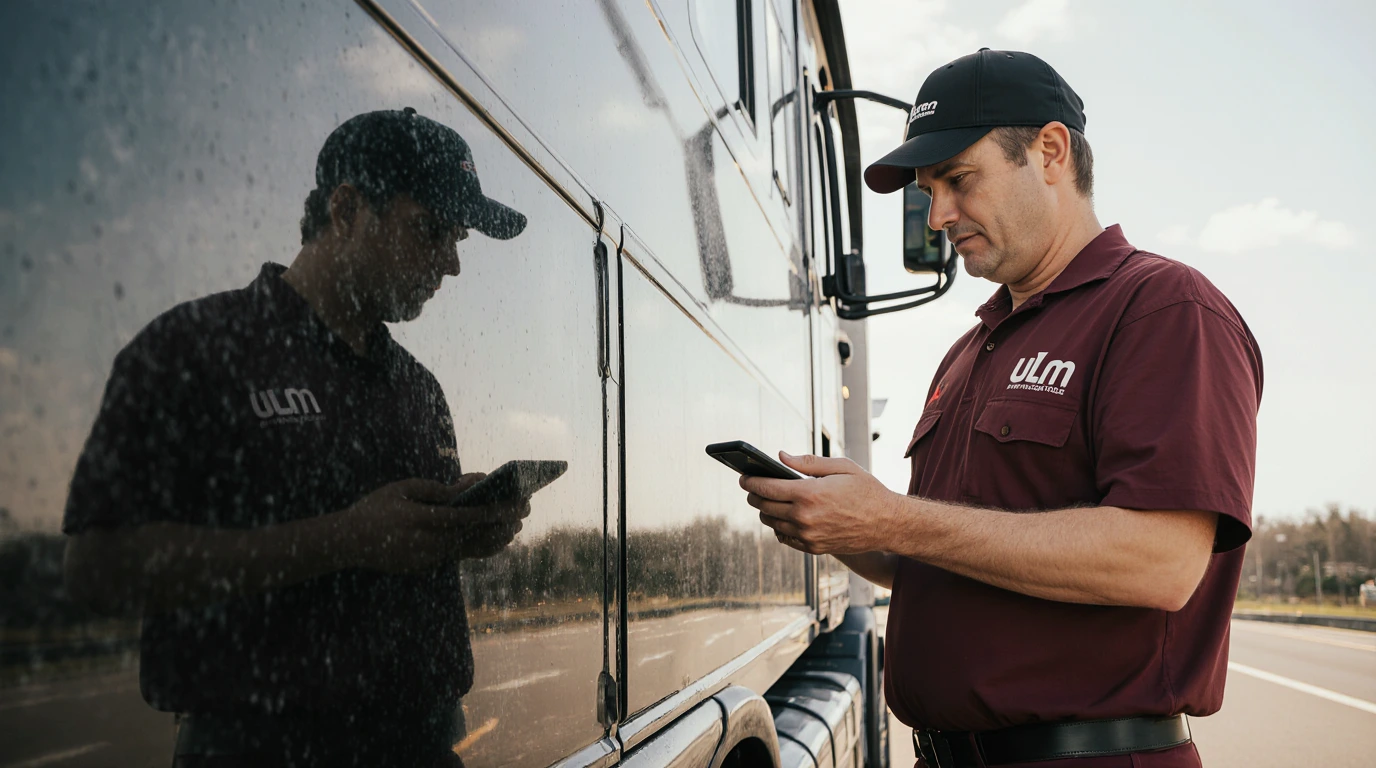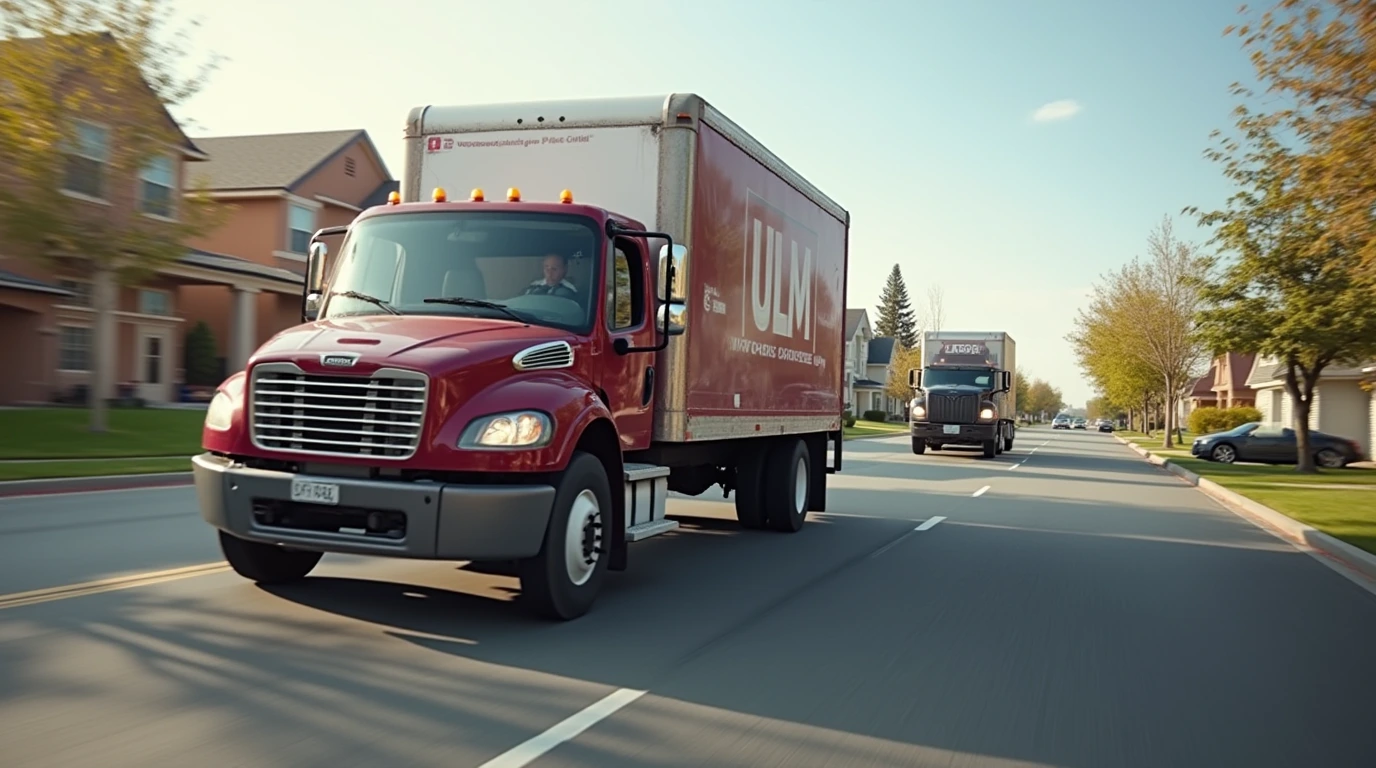When you’re preparing to move, it’s the perfect time to simplify your life and get rid of what you no longer need. But “getting rid of” doesn’t always mean tossing things in the trash. Donating, recycling, or disposing of items responsibly can reduce your moving costs, make your relocation more eco-friendly, and even help your local community. The key is knowing what goes where — and making a plan before moving day.
Why Donation and Recycling Make Sense Before a Move
Every box you don’t take saves you time, space, and money. Decluttering with purpose — through donations and recycling — creates a win-win situation:
- ♻️ Less waste in landfills
- 🏡 Lower moving costs thanks to fewer boxes
- 💚 A lighter environmental footprint
- 🤝 Support for local charities and families in need
Instead of paying to move things you don’t use, you can give them a second life where they’ll do some good.
Step 1: Sort Everything Into Categories
Before figuring out where your stuff should go, organize it into three basic categories:
- ✅ Donate: Items in good condition that others can use.
- ♻️ Recycle: Items that can’t be reused but can be processed responsibly.
- 🗑️ Dispose: Items that are unsafe, broken, or not recyclable.
Sorting ahead of time makes drop-offs and pickups much more efficient.
Step 2: Donation Options That Make a Difference
Many items that you no longer want could be exactly what someone else needs. Donation not only declutters your home but can also make a real impact. Here are some common donation categories and where to take them:
- 👕 Clothing and Shoes: Thrift stores, homeless shelters, clothing drives, disaster relief centers.
- 🪑 Furniture: Habitat for Humanity ReStores, Salvation Army, Goodwill, local churches or shelters.
- 🍽️ Household Goods: Community centers, refugee resettlement programs, schools.
- 📚 Books: Libraries, schools, literacy programs, book drives.
- 🧸 Toys: Children’s hospitals, daycare centers, foster care organizations.
Tip: Wash or clean items before donating. Many organizations only accept gently used, clean donations.
Step 3: Recycling Options for Common Household Items
Not everything should be donated, but that doesn’t mean it belongs in the landfill. Many everyday items can be recycled — sometimes through specialized programs:
- 📦 Cardboard, paper, plastics: Regular curbside recycling programs.
- 💻 Electronics: E-waste centers, Best Buy, Staples, or municipal recycling events.
- 🔋 Batteries and light bulbs: Designated drop-off sites or hardware stores.
- 🛏️ Mattresses: Local mattress recycling programs or junk removal companies with recycling options.
- 🧯 Hazardous materials: Paint, chemicals, and propane tanks require special disposal.
Always check local recycling guidelines, as they can vary by city or state.
Step 4: Responsible Disposal for What’s Left
Some items can’t be donated or recycled — but they still need to be handled correctly. Examples include:
- 🚫 Moldy or damaged furniture
- ⚠️ Broken electronics
- 💨 Paint, chemicals, and flammable substances
- 🧪 Medical waste or sharps
- 🪠 Large non-recyclable construction debris
For these, your best bet is a junk removal company, a hazardous waste collection site, or a local landfill drop-off with environmental protocols.
Step 5: Schedule Pickups in Advance
If you’re donating or recycling large items, don’t wait until the last week before your move. Many charities and recycling services offer free or low-cost pickup, but they require scheduling in advance.
- 📅 Book pickups at least 2–3 weeks before moving day.
- 🚪 Place items near the entrance or garage for easy access.
- 📝 Get receipts for tax deductions if applicable.
This prevents last-minute chaos and keeps your moving timeline on track.
Step 6: Consider Junk Removal Services
For items that can’t be donated or recycled, junk removal services are a convenient solution. Many companies offer eco-friendly options, ensuring that whatever can be recycled is recycled — and what can’t be, is disposed of responsibly.
These services are especially useful for:
- Old mattresses and furniture
- Large appliances
- Renovation debris
- Basement or garage cleanouts
While there’s a fee involved, it can be worth it for the time and stress saved.
Step 7: Don’t Forget About Digital and Paper Clutter
Decluttering isn’t just about physical stuff. If you’re moving offices or home offices, shred or recycle old paper files and responsibly dispose of old electronics. Wipe hard drives before recycling or donating them to protect your personal data.
Examples of what to address:
- 🖨️ Old printers, fax machines, or cables
- 📁 Paper documents and receipts
- 📼 Outdated media (CDs, DVDs, hard drives)
Eco-Friendly Disposal: A Smart Moving Strategy
More Americans are choosing sustainable moving practices — and proper disposal plays a big role in that. Instead of sending truckloads of junk to landfills, donating and recycling can make your move cleaner, cheaper, and more socially responsible.
In fact, many cities offer eco-drop events or free recycling days for residents planning major moves.
Donation and Recycling Tax Benefits
Donating household goods to qualified charities can often be tax-deductible. Keep these steps in mind:
- 📸 Photograph donated items for your records.
- 🧾 Ask for a receipt from the charity.
- 📝 Track the fair market value of donated goods.
While this shouldn’t be the main motivation, it’s a nice bonus for doing good.
Why This Step Makes Your Move Easier
Decluttering through donation, recycling, and responsible disposal doesn’t just benefit the environment or your community — it benefits you. Fewer items mean:
- 📦 Faster packing
- 🚛 Lower shipping costs
- 🧹 A smoother, cleaner move
Professional movers like United Local Movers often encourage clients to handle this step before moving day. It keeps the job efficient and ensures you’re not paying to move items you don’t need.
Turning Clutter Into Purpose
Every move is a fresh start. By donating, recycling, and disposing responsibly, you’re not just lightening your load — you’re giving your belongings a second life and making a positive impact.
With United Local Movers, your relocation becomes safer, faster, and stress-free. A thoughtful approach to decluttering sets the stage for a smooth and meaningful move.
